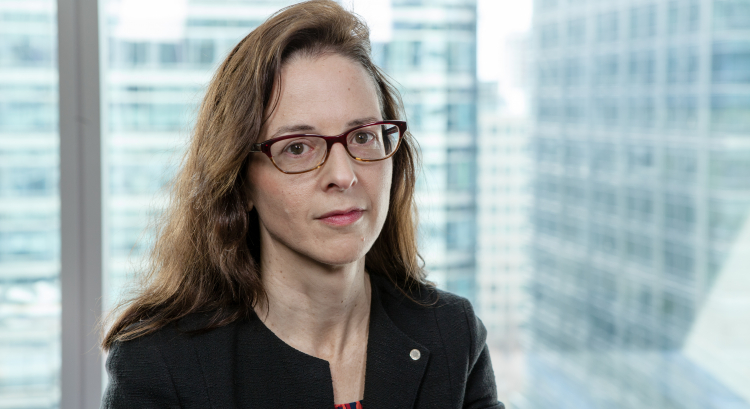Inflation and interest rates on the rise

Inflation and interest rates are significant economic factors for risk managers and insurers. KPMG Chief Economist Yael Selfin looks the current prospects.
Inflation is at now the forefront of economic concerns, as the threat of even higher inflation weighs on the economic outlook. Looking ahead to 2022, the path of inflation will depend in part on the economic fallout of the Omicron variant. UK inflation accelerated to 4.2% in the 12 months to October, with more increases on the horizon. This is now more than double the Bank of England’s target of 2% and marks the fastest pace of consumer price increases for almost a decade.
Some of this increase in inflation reflects the impact of lower prices during 2020 and the mechanical impact of the reversal of temporary VAT cuts, the first part of which took place in October. But this is only part of the story, with price pressures taking hold as the global economy began to recover from the pandemic. The emergence of the Omicron variant could lower some of the inflationary pressures as demand cools, while exacerbating the strain on some supply chains in the short term.
Strained supply chains
Strong demand for goods is straining global supply chains and fuelling higher inflation for goods. The almost synchronised surge in activity around the world in 2021 strained supply chains, causing goods shortages and production delays in the UK and elsewhere.
Among the many pinch points, the costs of shipping rose dramatically, and microchip shortages have limited production, including of new cars. Delays in new car deliveries then led to a surge in the prices of more readily available second-hand cars, which climbed by 27.4% between April and October 2021.
|
Further bottlenecks appear inevitable, until supply chains can finally be put right in the second half of 2022 and early 2023. |
Highlighting the pressure that supply chains are under, the pace of annual inflation for goods reached 4.9% in October, up from -0.5% back in February 2021. With the fear of Covid-19 increasing, people are likely to substitute some spending on services with spending on goods. A turn to the worse in Covid-19 cases could see more disruption to ports and logistics in the short term, putting upward pressure on goods prices.
A range of factors such as low levels of UK gas stocks, in addition to stronger global demand, saw a sharp rise in the price of oil and gas in 2021. Despite the fall in oil prices as Omicron came to light, higher gas prices continue to feed into inflation, with a new cap set to take effect from 1 April 2022.
If we track the increase in wholesale gas prices between cap announcements from early August 2021 to February 2022 and allow for changes in line with market forecasts, we could add another 0.6 percentage points to the rate of inflation in April 2022. However, the recent fall in global oil prices associated with the emergence of the Omicron variant should help bring fuel prices down from recent highs.
The path of inflation will depend in part on the potential economic fallout of the Omicron variant. Without additional restrictions over the winter, we believe inflation could reach 5.8% in April 2022 before declining.
Weaker energy prices, together with an expected easing of supply chain bottlenecks, should help to bring down inflation to around 3% by the end of the year. A tighter monetary policy is also expected to play its part in containing some of the domestically generated inflationary pressures.
Interest rate caution
With the high uncertainty around the potential impact of the new Omicron variant, the Bank of England is likely to adopt a cautious approach to interest rates. The first increase in interest rates is now not expected before February 2022 and could be delayed to May, or even August 2022, if significant restrictions are reintroduced.
This first base rate hike would mark an official exit from the period of low interest rates associated with the pandemic and the beginning of a tightening cycle. If the initial rate rises go smoothly, gradual increases are likely to continue, potentially taking rates to 1.25% by the end of 2023.
We expect the current spell of higher inflation to prove transitory, reflecting the disruption caused by the pandemic on the global economy. Once the pandemic is behind us, longer-term drivers of inflation and interest rates are likely to take hold and see a lower inflation environment reassert itself. That is likely to be accompanied by relatively low interest rates, which may peak at around 3%, as opposed to the higher rates seen prior to the Great Recession of 2008-09.
Yael Selfin took part in Airmic’s virtual session on the Economic Outlook for 2022 on 13 December.
This article is an extract from KPMG’s UK Economic Outlook for December 2021.
